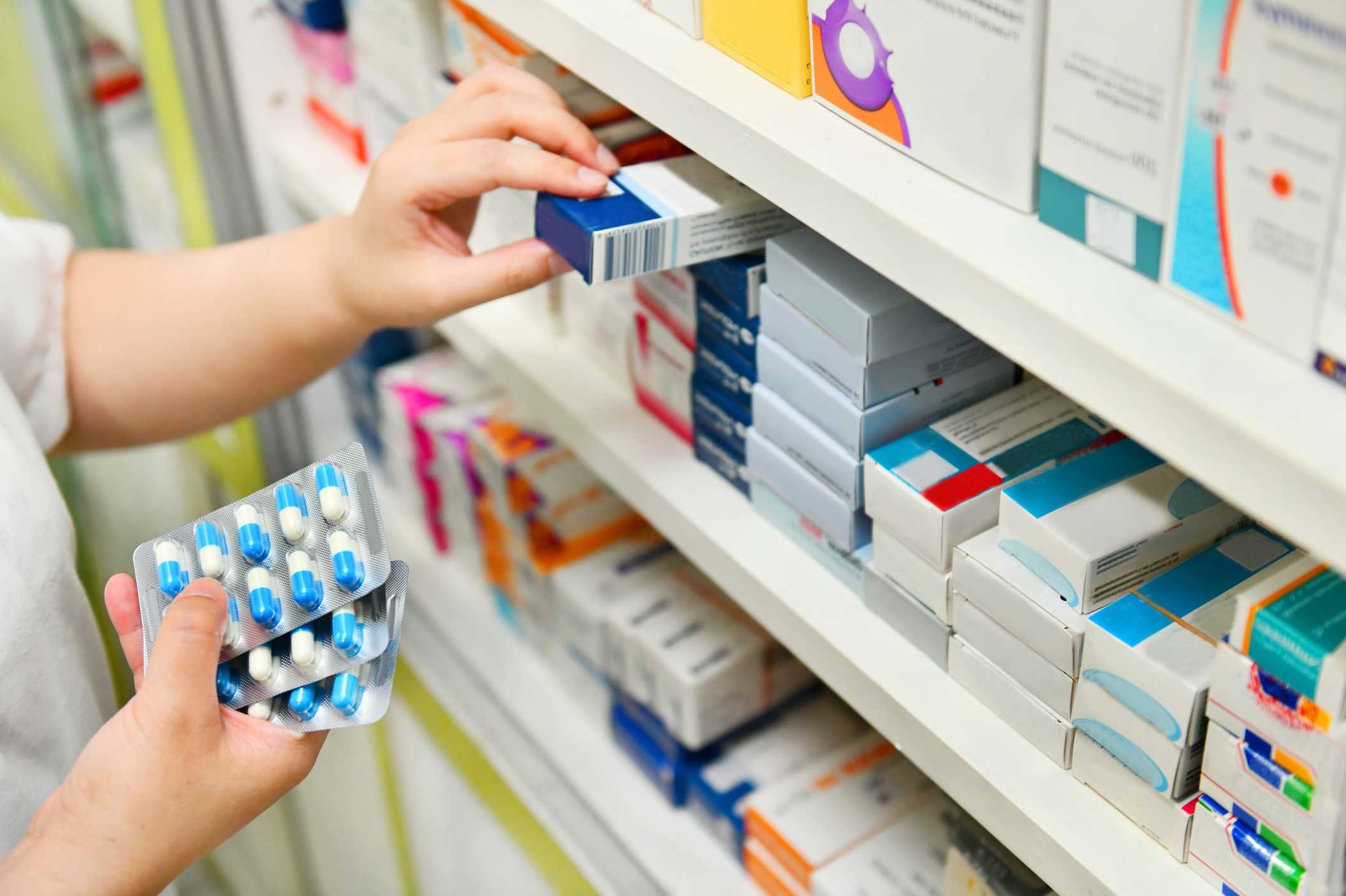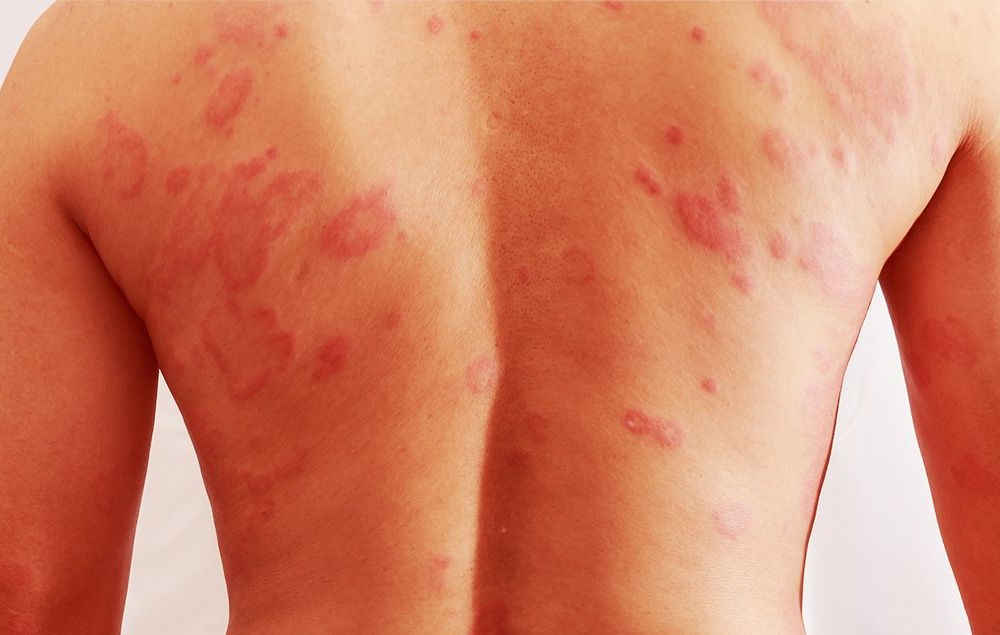The use of an oral steroid for skin rash is not new. They are commonly prescribed to reduce inflammation in a range of allergic reactions. They can be taken as tablets or as syrups, and are generally used for short periods. However, long-term use of steroids can cause a number of side effects. This is why it is important to consult a doctor before taking any kind of steroid.
Although steroids rarely cause side effects, they do have some risks. They are only used to treat acute flare-ups and are not recommended for long-term use. To minimize side-effects, it is best to use a topical steroid in intermittent treatment. This preventative measure can be useful for people who experience frequent skin rashes and are not able to wait for a full course of therapy.
Oral steroid for skin rash is often prescribed by a doctor. This treatment is not without risks, and may not be necessary if the rash is only mild or itchy. In a small study, 100 adults with itchy hives were randomly assigned to receive a combination of prednisone and an antihistamine. Eighty-two percent of prednisone patients reported that their itchiness was gone, whereas seventy-four percent of placebo patients reported their itching had decreased or disappeared.

FDA approved
The FDA approved oral steroid for skin rash in 1997. But it is not without risks. The dosage and duration of the medicine should be carefully evaluated. And if you are on long-term oral steroid therapy for skin rash, you should seek medical advice before using this medication. There are other options that are more effective in treating skin rashes. This can include corticosteroid shots.
A topical steroid cream is applied to the affected area. It is usually the most effective option for dry and hairy areas. The steroid creams and ointments may cause stinging and burning, but this is not serious and will subside after a couple of days. The steroid ointment is generally stronger than a cream, but it is absorbed more easily into the skin.

A systemic steroid for skin rash is used in the treatment of severe and unresponsive diseases. This steroid is applied via a wet cloth to the affected area. It is important to remember that the medication may have other side effects. These side effects are not always serious and will depend on the cause of the skin rash. For instance, topical steroid can affect bone growth and cause a thinning of the skin.
In addition to reducing the swelling, a steroid cream will also decrease the inflammation. While a topical steroid cream is effective in treating a skin rash, it can cause perianal inflammation. If it is a chronic rash, the best treatment for it is a topical steroid. If the rash is localized, a topical steroid may be sufficient.
Another type of topical steroid is used to treat a skin rash. It is used to prevent infections and treat dermatitis. There are a number of possible side effects, but most of them are minor and temporary. Most topical steroid products have no side effects. They are usually applied to the affected area and reapplied over time. This treatment may cause the rash to recur.
An oral steroid and steroid cream
An oral steroid is often prescribed for a skin rash. While this medication is effective in some cases, it is not recommended for mild, itchy rashes. There is also a risk of adverse effects when using an oral steroid for skin rash. For a mild rash, an oral steroid may be sufficient. If it is a chronic problem, a steroid cream can be used to treat it.
There are two types of oral steroid for skin rash. Topical steroids are available over-the-counter. The most common and popular steroid over-the-counter is hydrocortisone 1% cream. The weaker steroid can trigger acne and rosacea. Therefore, it is best to consult a doctor before applying any steroid to your face. When using an oral steroidal cream, it is important to follow the directions and dosage.